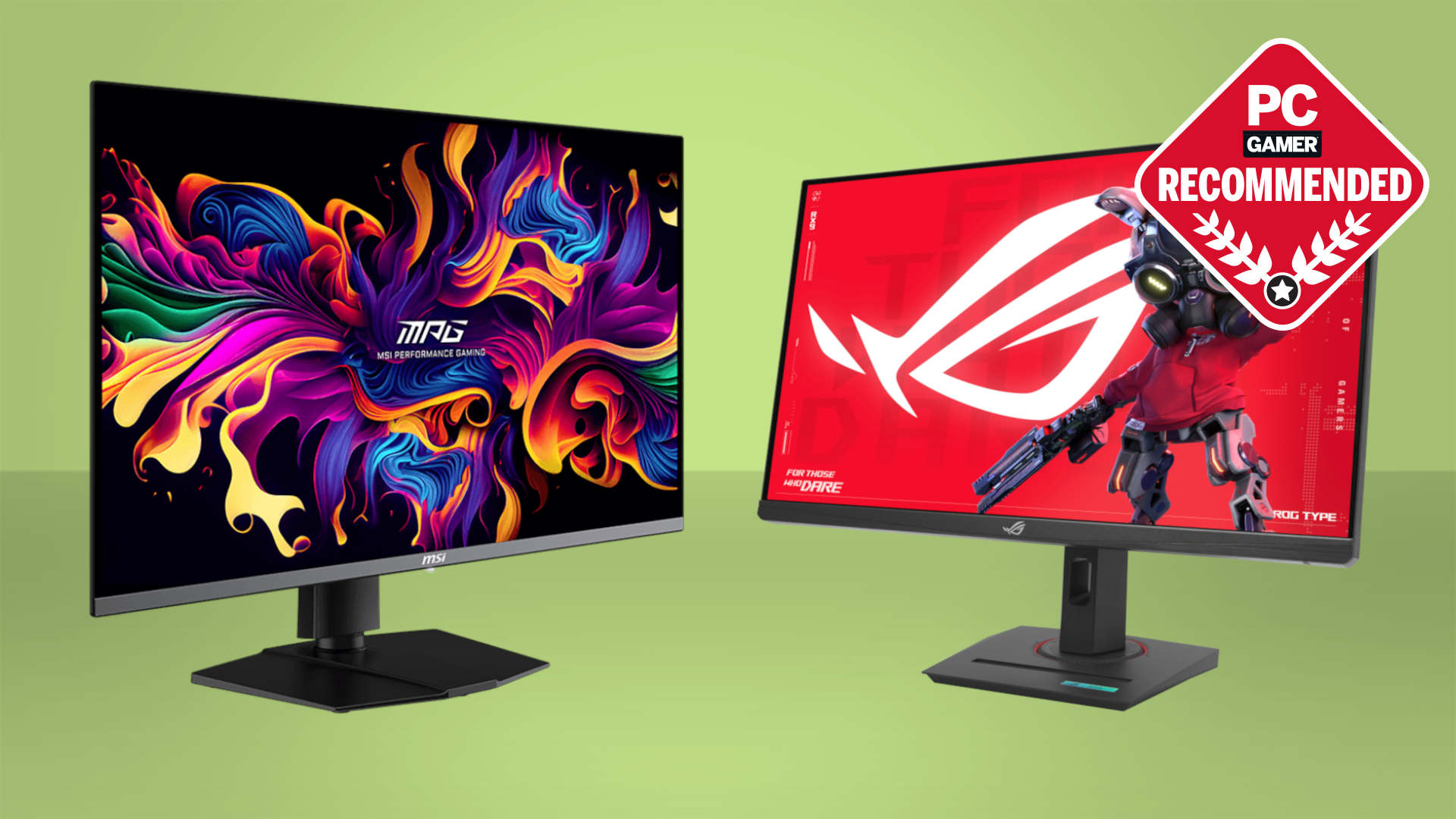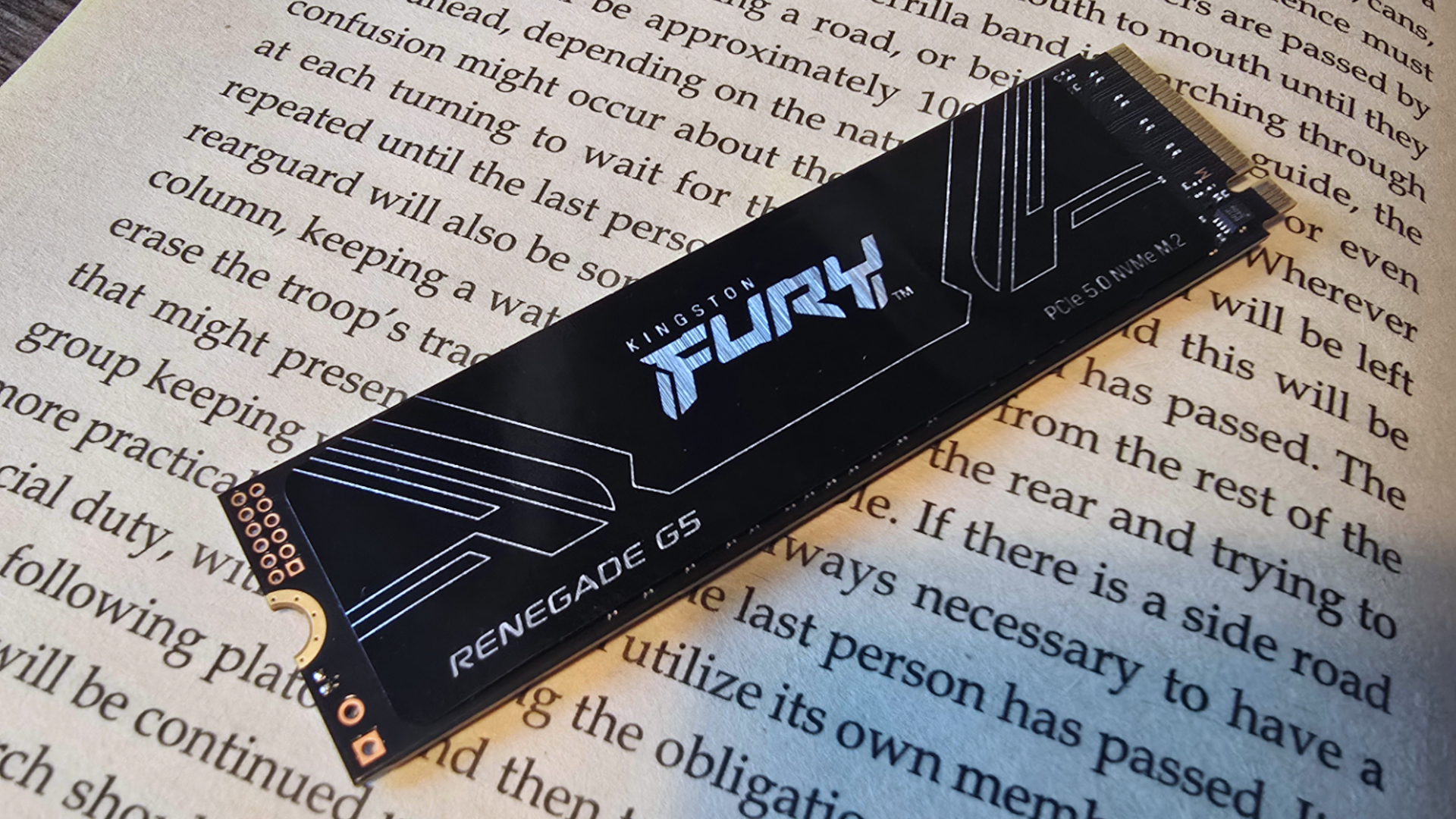Introducing ‘The Rig’: everything under the hood of the PC Gaming Show’s top of the line PC build
Marvel at The Rig's high-end specs in full here
If you paid attention during the PC Gaming Show 2025, you'll have spotted the illustrious Frankie Ward and myself building a gaming PC during the stream. That wasn't merely a prop, it's the real deal, and it could be yours. Yeah, yours.
This is no machine for mere casuals. We've teamed up with AMD, GIGABYTE and HAVN to pack it full of the latest and most drool-worthy components. This includes the best processor money can buy, a hugely popular graphics card, and a top-of-the-line motherboard. That's all been stuffed inside my favourite PC case today, and my pick of the build, the HAVN HS 420.
We call it 'The Rig'. Here are the specs:
- CPU: AMD Ryzen 9 9950X3D
- Graphics card: GIGABYTE Radeon RX 9070 XT Gaming OC
- Motherboard: GIGABYTE X870E Aorus Master
- Case: HAVN HS 420
- RAM: Corsair Dominator Titanium DDR5 32 GB (2x 16 GB) @ 6,000 MT/s (CL 30)
- SSD: Crucial T705 4 TB PCIe 5.0
- Cooler: Tryx Panorama 360
- Fans: Phanteks M25G2 140 mm (reversed) x6, Phanteks M25G2 120 mm (reversed) x1, Phanteks M25G2 120 mm x4
But wait, there's more. Also included in this giveaway are all the peripherals you could need to get gaming on this machine and, the pièce de résistance, a gorgeous OLED gaming monitor. I don't even have one of those on my gaming set-up and we're literally giving one away. Typical.
Oh, and a mouse pad for good measure.
- Gaming keyboard: Corsair K70 RGB Pro
- Gaming mouse: Corsair Nightsword RGB
- Mouse pad: Corsair MM700 RGB Extended

Tell us what you thought of the show by filling in this survey and you could win The Rig, our custom AMD-powered gaming PC.
The AMD Ryzen 9 9950X3D really is the best of the best right now. It's a powerhouse for editing videos, animating, or endlessly running Cinebench R24 just to gawk at the score it chucks out at the end. However, this is PC Gamer and we care not for such folly (we do, but just go along with the bit). Nope, we only care for gaming performance and the 9950X3D has plenty of that to go around.
It might come at a surprise to see the 16-core 9950X3D ahead of the 8-core 9800X3D. Traditionally, 16-core chips have lagged behind their 8-core counterparts in gaming performance—but the combination of 3D V-Cache technology and AMD's ability to squash most of the issues with running a chip with multiple chiplets in games see the 9950X3D dominate. You can read more about that in our Ryzen 9 9950X3D review, but long story short, it gud.
Keep up to date with the most important stories and the best deals, as picked by the PC Gamer team.
That CPU also pairs especially well with our choice of graphics card: GIGABYTE's Radeon RX 9070 XT Gaming OC. You might've noticed the gap on the shelves where these cards should be at your local computer store—these are extremely popular, and for very good reason. AMD is back on a competitive footing with Nvidia with the RX 9070 XT and we're especially big fans of how easy it is to undervolt this thing.
That chip lands itself inside the GIGABYTE X870E Aorus Master. We use this motherboard on our own test bench, and it spares little expense—just look at the size of that PCIe 5.0 heatsink—but more importantly it makes life a little easier for the budding builder. You can swap out your SSD with a screwdriver, your Wi-Fi antenna in an instant, and your GPU with a push of a button. Not that you'll want to swap out any of the parts put in place by Frankie and I, right?
We installed a pair of DDR5 sticks in this PC, Corsair's Dominator Titanium DDR5, running at 6000 MT/s. That's in the sweet spot for our choice of Ryzen chip and a CAS latency of just 30 keeps it ticking over nicely. However, they say the camera adds two DRAM, and there are two more sticks occupying the spare slots in this machine. This is a Corsair Light Enhancement kit and they're purely for looks. There's no benefit to four RAM sticks in this machine and this keeps things simple and error-free.
We didn't skimp on storage, either. I mean look at the size of some of these game installs these days, a paltry 512 GB drive just won't do. No, we've opted for overkill with four terabytes of Crucial's blisteringly quick T705. This is one of the fastest drives around today, at 14,100 MB/s sequential read and 12,600 MB/s sequential write. Do I think a gamer needs a PCIe 5.0 SSD right now? Nope, but I didn't foot the bill for this build either, so you're welcome.
In that same vein, we've also installed a slightly over-the-top RM1000x PSU along with a pack of white power cables to compliment the white and black colourway.
To keep the aesthetic ball rolling, we've used various sizes of Phanteks M25G2 fans throughout this build, even replacing the three fans included on the Tryx Panorama 360 AiO liquid cooler. That's because I'm a sucker for synchronised light shows and I wanted to employ some of Phanteks reversed fans in this build. These operated like any standard fan, except they blow air in the opposite direction. You might be thinking, 'just turn a normal fan around, m8', but these specialised reverse fans mean there's no need to show the uglier side of the fan, whether it's intake or exhaust. Hence the uniform and clean-cut finish here.

Oh, and yes that's a curved screen on the Tryx Panorama. No expense spared, right? This cooler has a 6.5-inch screen on it because… because… because I wanted one. That screen is easy to spot through the panoramic windowed side/front panel on the HAVN HS 420.
I'm a big fan of the HS 420. It's very easy to build into and comes with heaps of room for fans, as proven by this build. It's a show piece, no doubt about that, but the cable management on the top, rear and sides is second to none. There's heaps of room. I will try to tidy the cables up in the rear as best I can before it ships off to the lucky winner. Key word being 'try' there.
The Rig is currently awaiting commands from its new owner. Could that be you? Fill in this survey (live until June 16) for a chance to win this mighty machine.

Jacob earned his first byline writing for his own tech blog, before graduating into breaking things professionally at PCGamesN. Now he's managing editor of the hardware team at PC Gamer, and you'll usually find him testing the latest components or building a gaming PC.
You must confirm your public display name before commenting
Please logout and then login again, you will then be prompted to enter your display name.



